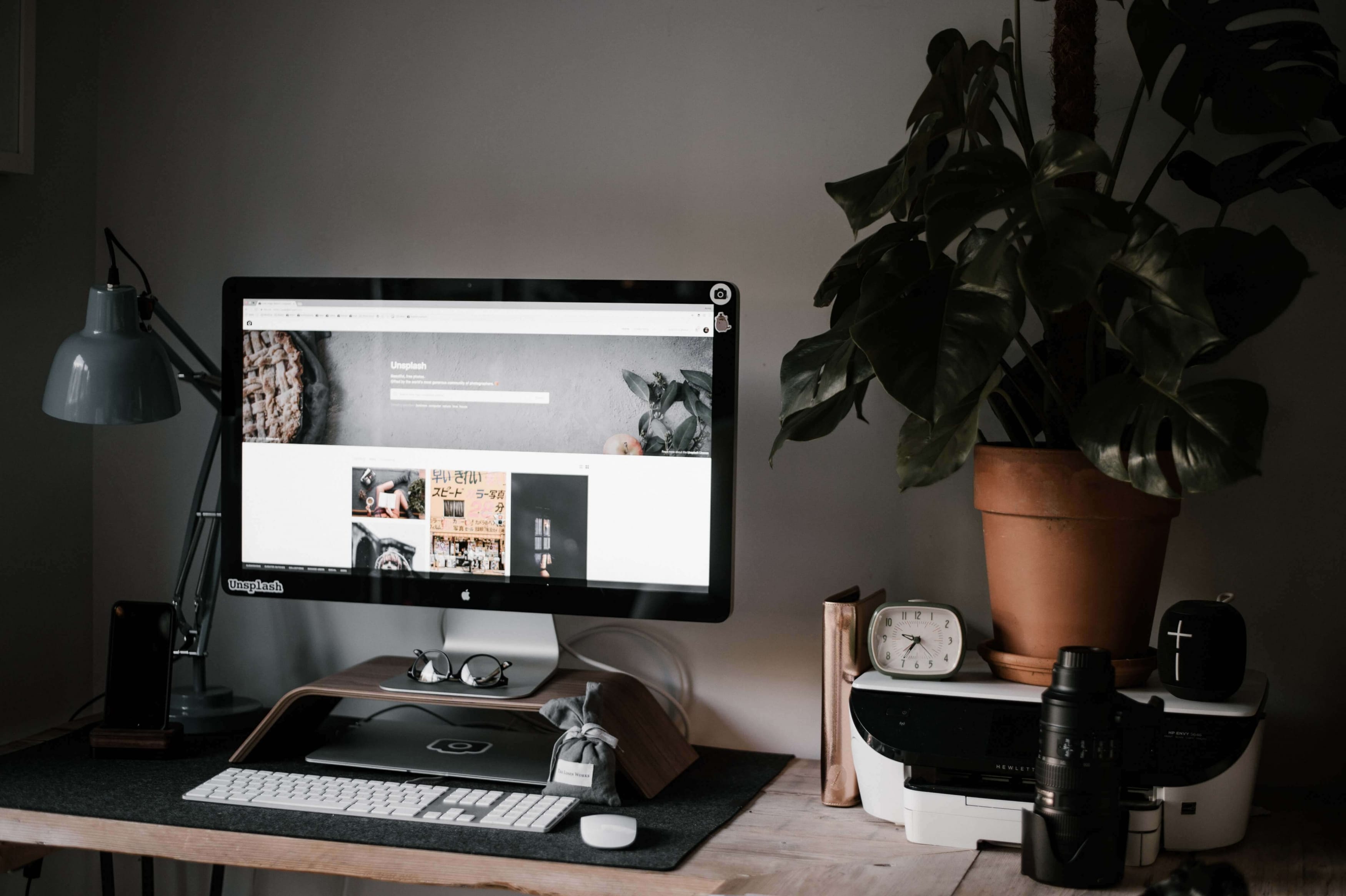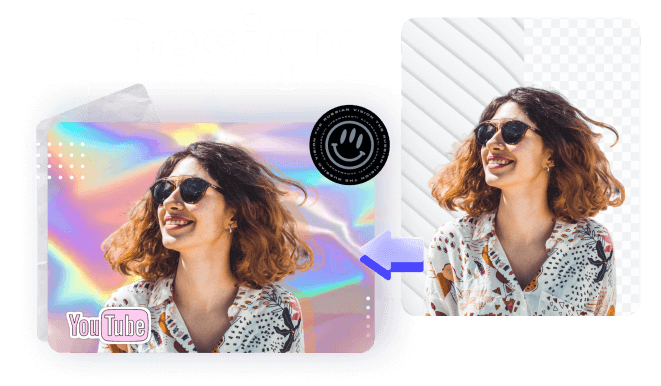How to Optimize your Images for e-Commerce Websites?
Intro
Platforms like Shopify, WooCommerce, or 3dCart offer endless opportunities to entrepreneurs that want to make their products available to customers from all corners of the world. Establishing trust with people who visit your eCommerce shop is one of the major obstacles you have to overcome as an online entrepreneur.
Product images are arguably one of the most effective ways of showing a particular item's properties and ensuring a potential customer that you are a reliable seller. Besides the depiction of the products you're offering, images are crucial for the visibility of your eStore.
So, in this article, we will show you how to optimize your images for e-commerce websites and boost your products' sales.
Why is Google Image Search Important for e-Commerce Websites?
Shopping on the internet is convenient as you can have any item you want delivered to your home. However, buying a t-shirt or a hand-made ornament is much easier if you know how they look.
Consequently, images of these products are vital for their sales. Even so, having great photos on your e-commerce site isn’t going to do much unless you optimize them properly. An overwhelming body of evidence suggests that internet users have a short attention span, and you may end up losing a significant portion of your clients just because the page they wanted to see didn’t load within 3 seconds.
The amount of time a webpage needs to load is directly related to the amount of data the page contains. Hence, pictures contribute significantly to the overall size of a webpage. If not appropriately optimized, they can increase a page's loading time and ultimately be the reason why a potential visitor left your eStore.
Moreover, search engines like Google use a picture's metadata to rank the e-Commerce website you are running. Metadata includes every bit of information about an image you provide, which means that anything from how a photo was named to its alt text can help you secure a better ranking in Google search results for your photos.
This information also helps a search engine recognize your eStore as reliable, which further increases your chances of showing up on the first page of search results on a particular search engine.
Although they are not as effective as videos, images are still one of the best marketing tools you can use to promote your online business. It is worth pointing out that in addition to product images, you can also use the so-called decorative photos to make the entire website or individual pages more visually appealing to their visitors.
Paying attention to the size of the files you use as decorative images is very important. You may end up slowing down the load time of the entire eStore using high-resolution pictures as decorative images.

How to Optimize Images for e-Commerce Websites?
The process of optimizing images for an e-Commerce website starts in the studio. Before you reach the point where you need to think about how you will name a particular image file or which tags best fit a product depicted in the picture.
The angle from which an item is photographed, the light in the photo, or making sure that the product is visible in the background are just a few things you need to do to create an image you can upload to your online store.
Consider hiring a professional if you don't feel confident taking photos on your own or don't have the necessary equipment to create pictures that present your products in the best possible light.
The job on optimization of images for an e-Commerce site is only just beginning after a photo session. Let’s take a look at what you need to do to get your images ready for your online store.
Resize your pictures
You cannot upload photos to a website straight from the camera, as they need to be edited before you use them. Changing the size of the pictures you want to upload to your eStore is one of the first things you will have to do during the photo editing process.
The images you intend to use as thumbnails shouldn't have the same dimensions as the pictures featured on a product page. You can reduce the size of a thumbnail photo down to 1280 x 700 pixels, while the average size of a product photo shouldn't exceed 2048 x 2048 pixels.
Performing this task with a photo editing app like Photoshop is relatively easy, mainly because it allows you to batch-process images. Online photo editors like PIXLR, Fotophire Online, or PicMonkey can help you remove backgrounds from photos, enhance colors, or adjust the contrast and brightness.
Choose the file type that fits the purpose for which you are going to use the images.
Once you are done processing the photos for your eStore, you will have to select the format they are going to be saved. The design you will pick depends on the picture you created since images with transparent backgrounds can be saved as GIF, PNG, BMP, or TIFF files.
However, the most commonly used image file format is JPEG, and you can use it for most photos you upload to product pages. JPEG images are compressed versions of original image files captured by the camera, and their actual size depends on the camera settings.
Resizing JPEG images is a straightforward process requiring you to insert new values into the width and height boxes. As we already noted, the product images optimized for use on e-Commerce sites are rarely larger than 2048 x 2048 pixels.

Be mindful of how you name your images.
Even though it may seem irrelevant how your image files are named, the title of the picture provides you with an opportunity to better describe its content. The words or entire phrases used to describe a photo are picked up by the search engine's crawler, and they can help boost your eStore’s rankings.
A photo's title should be descriptive and contain information regarding the objects or figures the image depicts. In this manner, you are enabling the search engine to understand what the image represents. Adding keywords relevant to the product in the picture can also help rank a photo higher in Google's search results. Still, it would be best to avoid keyword stuffing as Google may penalize you by pushing the image deeper in the works.
Moreover, the title of a photo shouldn’t be too long as it is more important to find the right words to describe the contents of a photograph.
Edit the alt-text
Alt-text is displayed if a website cannot load a photo of a product. Consequently, it must contain a brief and accurate description of what the image depicts. You can use the same description for the title of the photo and the alt-text.
For instance, if you want to upload a photo of a red woolen sweater, the title of the picture can be ‘medium-sized red woolen sweather.jpg,’ while the alt-text should look like ‘alt = medium-sized red woolen sweater.'
Like the image titles, the alt attribute text helps Google's crawler understand what a particular image depicts, and in doing so, it improves your estore's SERP positioning.
Don't forget about the image site maps
An image site map is as vital for your online shop's rankings as the conventional site map. Its purpose is to make it easier for the search engine's crawler to discover pictures in your eStore, especially those that are hard to reach.
Your website may be using JavaScript Code to access some of the pictures it contains, and an image site map makes these pictures readily available to the crawler. You can choose to add images to an existing site map or create a new one dedicated solely to photos.
An image site map must include the URL at which a particular photo is located. Ideally, you can also add the title of a picture, its description, and other standard metadata.
Conclusion
Running a successful eCommerce store requires attention to even seemingly irrelevant details. The size of a photo, its title, or its description can make your customers' shopping experience more enjoyable and help you improve the SERP rankings of your eStore.
Processing a photo before uploading it to a product page will enable you to optimize it for the purpose for which you want to use it. A photo editing app like Fotophire or PicMonkey can be a great alternative to expensive software products like Adobe Photoshop.
The process of optimizing a photo for an eCommerce site doesn't stop once you export it from a photo editor since finding the right keywords for each image you upload to your eCommerce site will bring your products a step closer to the audience you are targeting.
Besides, you need to think carefully about each photo's title and the alt text that accompanies it.
We hope that this article helped you understand better how to optimize your images for eCommerce websites. Leave a comment and share your opinions with us.

Design Creative by You
A funky or a transparent background? A professional display or a customized card for your loved one? Instagram profile pictures or display for a job offer? We got it all covered by a mere tap of a button. Unleash your horses of imagination and go fierce.